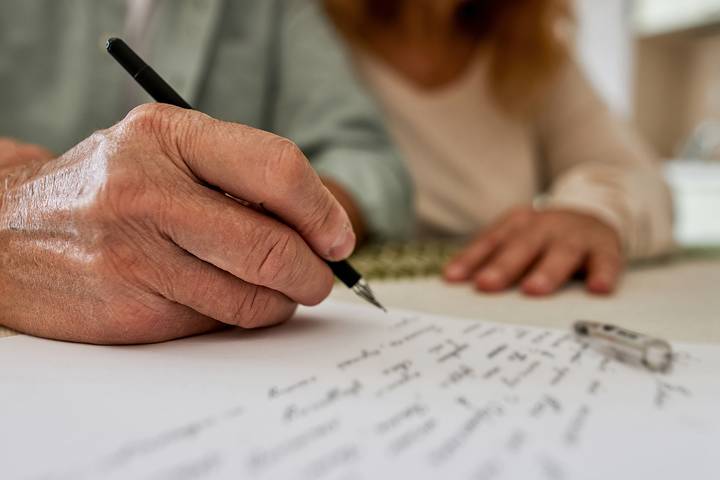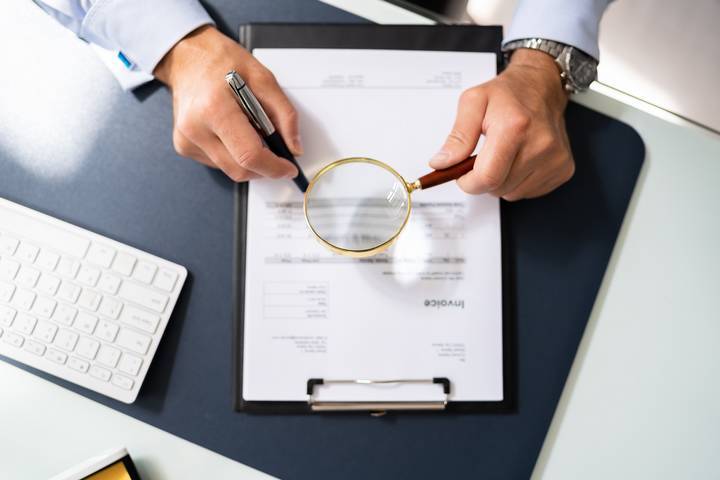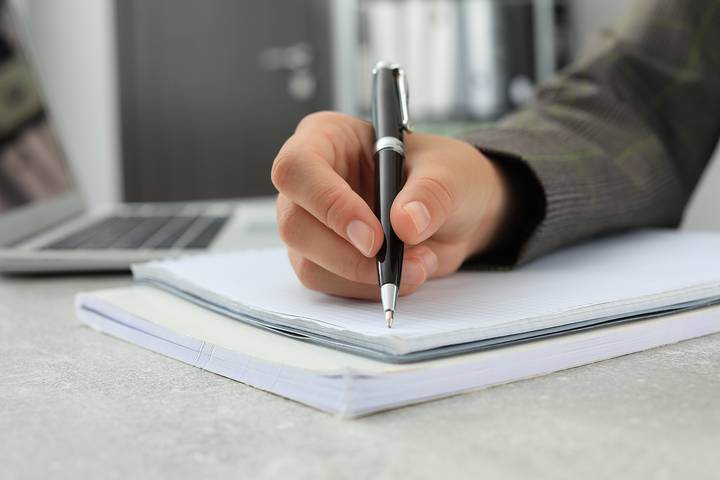Forgery is the process of making, imitating or adapting documents, objects or statistics with the intent to deceive. It is the act of knowingly making false documents or amending and adding to genuine documents and using or acting on them to induce belief in anyone.
This is a serious offence, and anyone who commits forgery is either guilty of an indictable offence and liable for a prison term of up to 10 years or guilty of an offence punishable as a summary conviction, carrying a punishment of 2 years or less and a $5,000 fine or up to 10 years if the case proceeds by way of indictment. Depending on the seriousness of the forgery, you may only face probation time and be ordered to pay restitution or a fine. A good criminal lawyer Brampton can minimize the severity of your sentencing.
Here are the six different types of forgery and their characteristics:
Type #1: Simple Forgery

This is the most basic type of forgery and takes little effort. It involves signing a document or putting something in writing without trying to match a known sample of handwriting. The forger then attempts to use it as if it is someone else’s original signature or writing.
When a person writes, it is usually done quickly without much thought. This creates variations in pen pressure from thick lines to light and thin lines along the path of a sentence or even within a word. With a forger, they concentrate on matching the characters and tend to apply even lines without variation.
Type #2: Free Hand Forgery

With freehand, a person has a sample of someone else’s handwriting or signature and makes a copy based on what they see. It is a freehand simulation that is more advanced than simple forgery, and an attempt is made to recreate the style and shape of a signature or handwriting.
As we write, it is done rapidly with a certain percentage of mistakes that get left behind and quite often, we don’t return to fix them. When someone forges a document, their approach is slow and methodical, making little, if any, mistakes.
Type #3: Tracing Forgery

Tracing is a method where you place copy paper over a document or signature and attempt to reproduce it by following the exact movement and features of the original writing. It is the most advanced form of forgery done by hand and is very hard to distinguish.
A forger is usually nervous and concentrates intently to match another person’s writing. Because of this, their writings may have a distinct tremor. It is caused by fear, stress or even a medical condition and is easily spotted compared to the original handwriting.
Type #4: Electronic Forgery

As the world changes towards digital authentication and electronic communication, digital copies of handwritten documents and e-signatures are used. These, too, can be forged using photo programs like adobe photoshop and which allows for copy/paste features and digital scanning to manipulate writing. Many other programs can be used to make near-perfect forgeries that are hard to authenticate.
While many attempts at false writing, not all are considered actual forgery with the potential threat of criminal charges, there must be legal significance and the alteration of a genuine document to be used as a legitimate and trustworthy piece of writing.
Type #5: Document Forgery

There are often forgeries found in documents with whole page additions or substitutions. Sometimes pages are removed and then replaced with other pages containing the forgery. You can spot these by page characteristics, including weight, thickness, colour and style of paper used.
Among the documents forged that are of legal significance are:
- Taking a doctor’s medical document and forging notes on it
- Copying a doctor’s signature on a prescription for drugs
- Taking a piece of artwork and copying someone else’s signature on it
- Taking a cheque and copying someone else’s signature on it
- Creating false identification documents like a passport or a driver’s license
- Creating false letters for use with healthcare or insurance documentation
- Amending a will without the consent of the testator
- Creating a false marriage, birth or death certificate
Type #6: Other Forgery

Besides forgery done on written documents, other forms are also recognized. These include:
- Archeological forgery
- Art forgery
- Counterfeiting
- Literary forgery
- Musical forgery
- Document erasure or alteration
Unfortunately, forgery happens, and if you are a victim or have been accused of forgery, contact a qualified lawyer to help you with your case. These are serious charges, and you want to ensure you are represented professionally and work towards a positive legal outcome.

